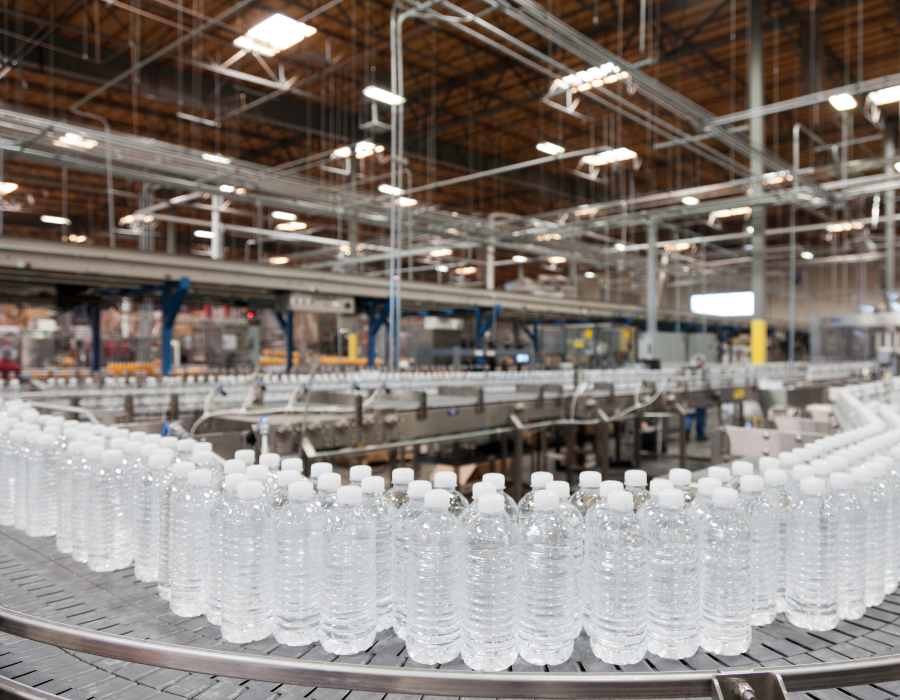
Sourced and Sealed: Decoding How CPG Companies Bottle Water from Municipal Services
Share
Bottled water, once seen as a symbol of convenience and purity, has evolved into a complex industry that raises questions about sourcing, sustainability, and transparency. Have you ever wondered where the water in those neatly packaged bottles comes from? In this article, we'll delve into the practice of bottling water by Consumer Packaged Goods (CPG) companies using municipal water sources, shedding light on the intricacies of this process and its implications.
From Tap to Bottle: The Journey of Municipal Water
It might surprise you to learn that many bottled water brands source their water from municipal supplies, essentially repackaging tap water. This practice, known as "municipal water bottling," is a common industry practice that relies on local water systems for their product.
The Process Unveiled
-
Sourcing: Bottled water companies secure rights to draw water from local municipal supplies. These sources are generally subjected to rigorous testing and treatment processes to ensure safety.
-
Filtration and Treatment: Despite the initial quality of municipal water, it often undergoes further filtration and treatment to meet specific taste and quality standards set by the brand.
-
Bottling: The treated water is then packaged into bottles, often with the addition of carbonation or flavorings. The bottles are sealed and labeled, ready for distribution.
Why Do CPG Companies Opt for Municipal Sourcing?
-
Consistency: Municipal water sources are generally stable and reliable, providing consistent quality and supply for bottling operations.
-
Cost-Effective: Using existing municipal supplies reduces the need for elaborate water extraction and purification processes, making it cost-effective for bottling companies.
-
Regulation and Safety: Municipal water supplies are subject to stringent regulations and testing, ensuring that the bottled product meets safety standards.
Transparency and Environmental Impact
While bottling water from municipal sources is legal and adheres to safety standards, it raises concerns about transparency and environmental responsibility:
-
Consumer Perception: Some consumers may feel misled when they discover their bottled water is sourced from the same tap they drink from daily, prompting questions about the value and authenticity of bottled water.
-
Environmental Impact: The bottled water industry has faced criticism due to its contribution to plastic waste and carbon emissions from production and transportation.
Sustainable Alternatives and Consumer Choice
-
Educated Consumer Choice: As consumers become more aware of the origin of their bottled water, they can make more informed choices. Opting for brands that transparently disclose their sourcing practices can align with environmental values.
-
Reusable Options: Embracing reusable water bottles and supporting initiatives to reduce single-use plastics can have a positive impact on the environment.
Bottling water from municipal sources is a practice deeply ingrained in the bottled water industry. While it offers convenience and a consistent supply, it also underscores the need for transparency, consumer education, and sustainable choices. As the demand for transparent sourcing and environmental responsibility grows, CPG companies may need to adapt their practices to align with evolving consumer values and address the ecological impact of bottled water consumption.